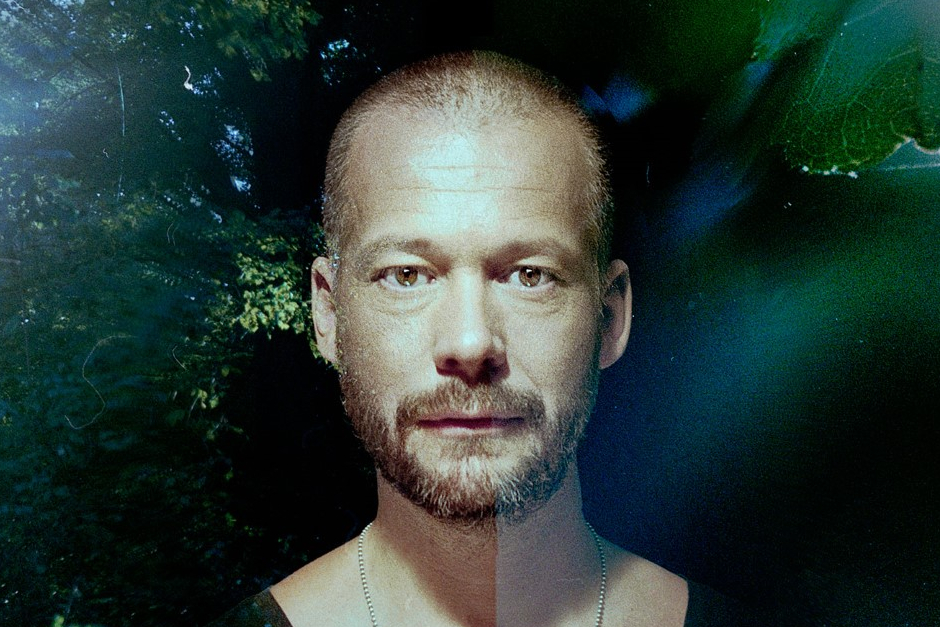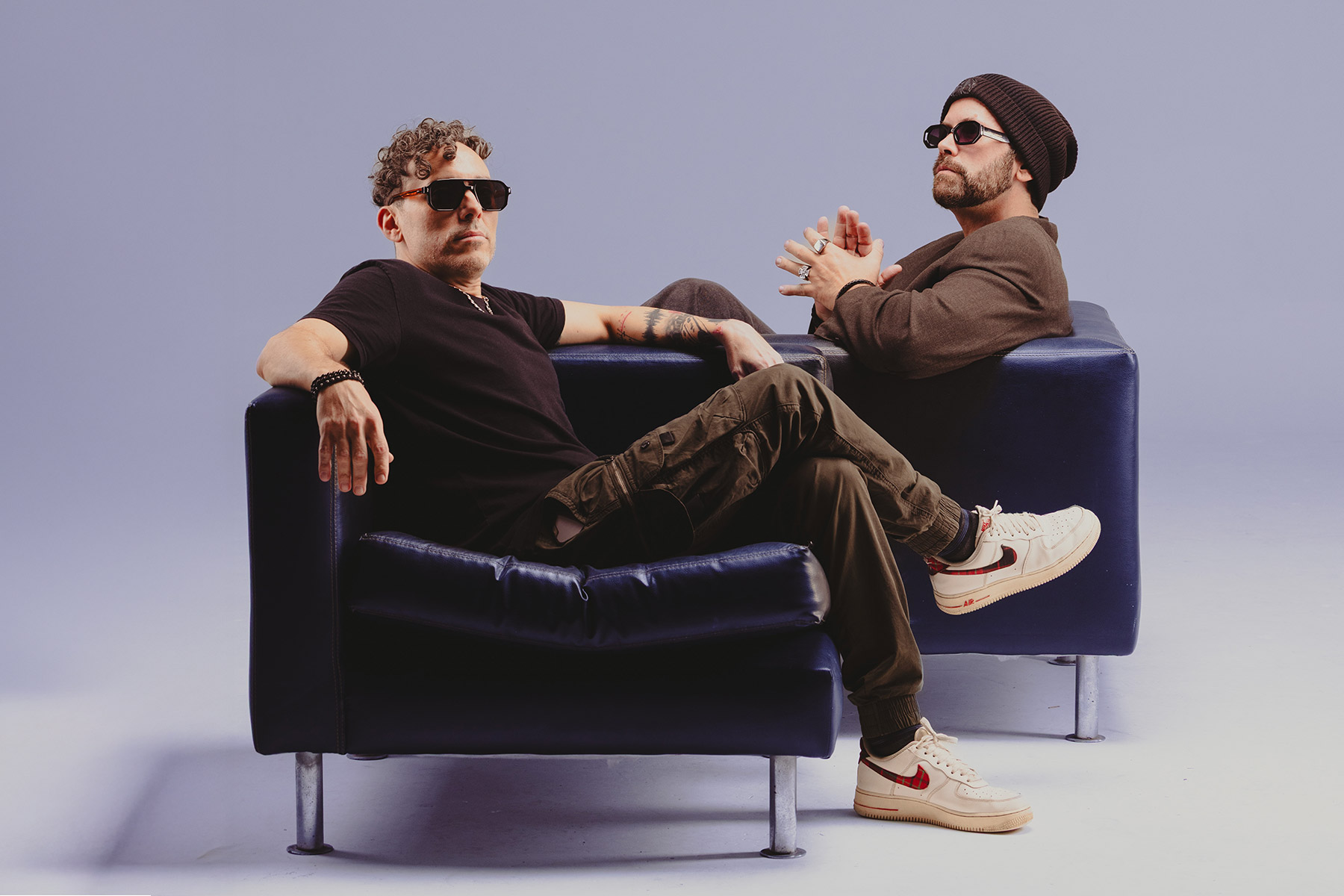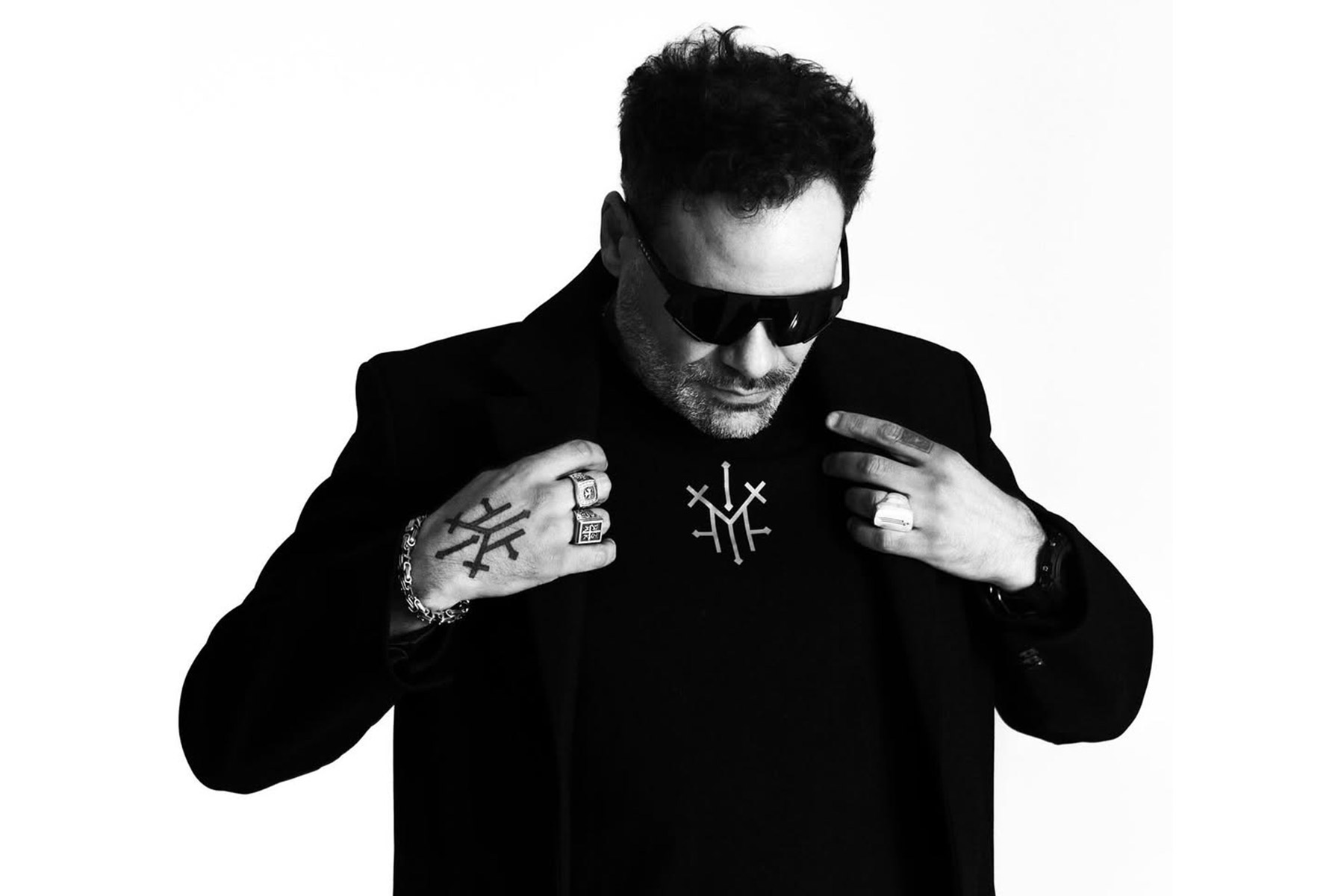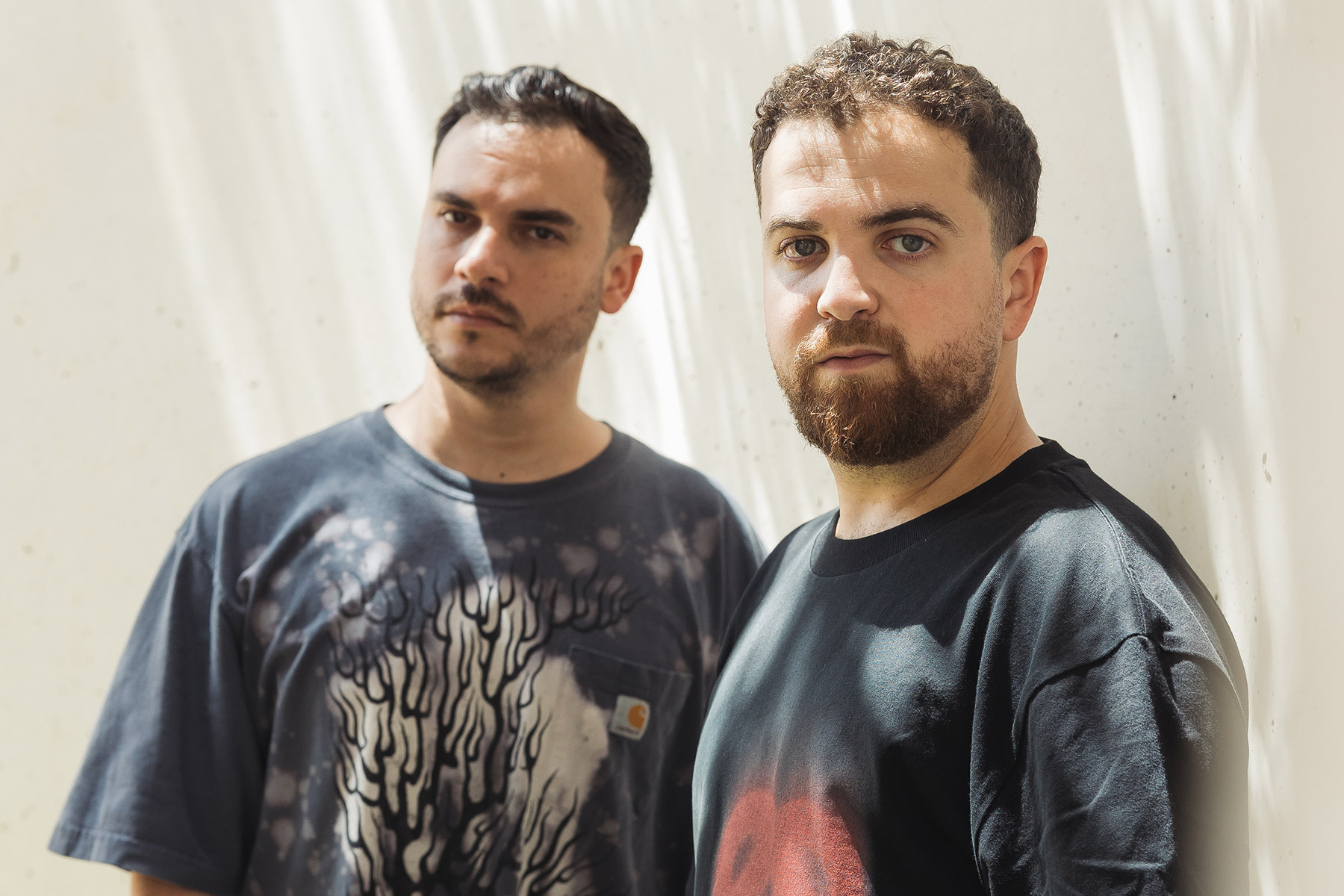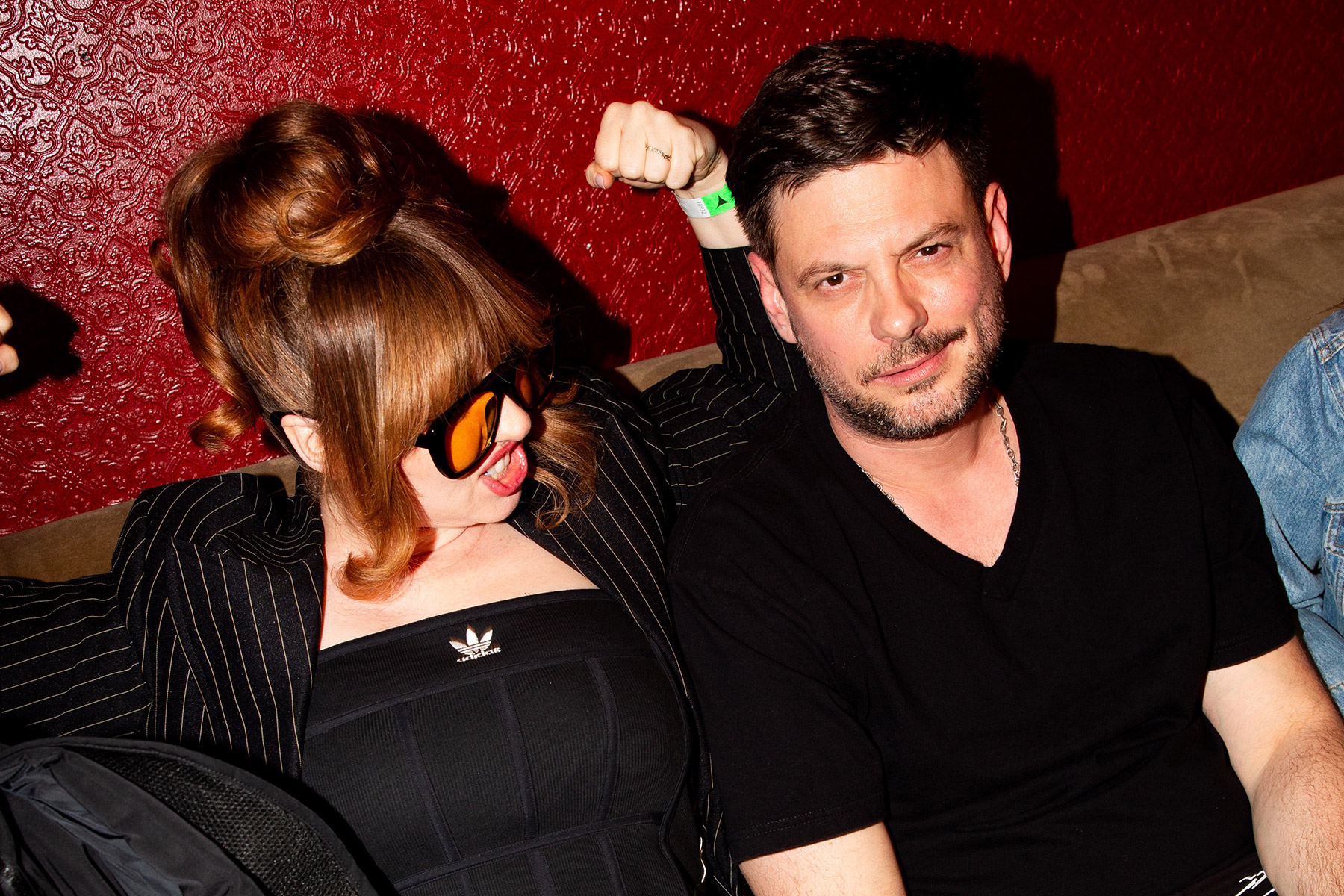The majesty of the natural world has always been integral to Sebastian Mullaert’s music. His approach to art, as well as to life, is centered around meditating on nature’s primordial cycles and forces, things he has been fortunate to experience in abundance in his adopted village of Röstånga, in the south of Sweden.
Sitting atop a 50m ridge, Natthall is a small, rocky bluff with majestic views east over the Rönne river, fields, and acres of trees. It’s a place he returns to often; to meditate, to think, or just to stare serenely out over the changing landscape. It’s that spontaneous transformation in the natural world that forms the emotional core of ‘Natthall’, a project that’s so much more than a mere album or series of concerts.
Patterns, and the idea of subtle repetition, deeply inform Natthall. “Nature is an expression of patterns; trees, water, the weather” he explains. “This mix of everything, bubbling away, feels very vital. Improvised music has the same power. It has all these different phases, and beautiful moments just spring out. For me, that’s a beautiful presentation of our life, and has the power to actually invite someone to relax into listening or dancing. Or just being in the moment.” Mullaert’s ultimate goal is to carve out a space precisely for that, transcendent moments that go beyond mere music where his audience can turn inward and truly connect with themselves. “The magical thing is not the music, and not the artist. It’s when people become very conscious or present, when that experience is taking place in your consciousness. That’s the magic; it’s as much you as it is something outside of you. It’s that connection when it clicks together.”
Sebastian Mulaert’s upcoming album ‘Natthall’ will be released via Neue Meister label on April 3rd. Today he shares 5 tips he used to produce his upcoming LP.
1. Find your creative space before expressing:
In the flow that creation takes place, do not force yourself to express when you don’t feel you have that space. Doing that is just very painful, takes loads of time and rarely generates anything interesting. How one finds the right space to express is personal, but I think everyone can find their ways into the flow, certain things that ”open the doors”. I often take long walks in the forest, meditate and also just jam around with the instruments for fun, loop things, layer things and suddenly IT is happening.
2. Improvise:
Most of the things I do today are based around improvisation, and this is not just limited to music creation but to most elements in my life. Improvisation is a way to embrace life, allow change to flow freely and celebrate the expression and experience that takes place. To improvise is to let out without judgement, to listen to all inner and outer processes and accept what is happening right now. To play and express music in this way is very healing, and I also strongly believe that to listen to music that is improvised has a healing effect, as it reminds us about the organic and always changing nature of life, the universe and ourselves. For me this is the essence of music and art, and to find ways to keep this alive and true through your musical life is one of the most important reasons for being a musician.
3. Keep the dirt:
When recording and processing sounds, noise and unwelcome sounds often enter the mix – I love to embrace this, allow all the oddities and all the mistakes. This makes the music and the mix real and full of life. When I listen to music I don’t want to hear something that is perfect, I want to hear the real thing and that is not a clean shining surface. So if you have leaking mics, noisy old compressors or some cracking faders on your desk … let them sing out and give them as much room as everything else.
4. Loop the end:
When working on one song you often spend a lot of time and effort before you are done. Sometimes this happens naturally but there are times when the effortlessness and the pleasure of creating the music is lost, and this can’t really be fixed in the middle. When this happens I try to accept it and get the song done. Then I take the last few bars of the song, loop them and let that part be the starting point of a new jam. Just knowing that I can do this often helps me to have a more relaxed approach throughout the entire creative process, and sometimes this little bonus jam that doesn’t need to become anything (as the main song or remix is already done) becomes the real beauty.
5. Tube distortion:
To run sounds through tubes and let the sounds distort a little bit (or a lot) makes most of them sing like never before. There are many distortion boxes but my absolute favorite is the Culture Vulture. The Culture Vulture works as well for separate sounds, bus mixes as for the full mix. I don’t think I’ve done a single track in the last few years without having the culture vulture part of the production in some way.
Catch Sebastian Mullaert during his ‘Natthall’ tour at:
31.01 Freedom Festival, Medellin, CO
01.02 Papaya Playa Project, Tulum, MX
08.02 Question Session, Glasgow, IE
08.02 Fabric, London, UK
21.02 Industria, Porto, PT
22.02 Masada, Milan, IT
14.03 Musikbunker, Aachen, DE
20.03 Bassiani, Tbilisi, GEO
28.03 Berghain, Berlin, DE
08.04 Clinic, LA, USA
10.04 Kremwerk, Seattle, USA
11.04 Stereo, Montreal, CA
25.04 Malmö Live, Malmö, SWE
08.05 X-Jazz Festival, Emmauskirche, Berlin, DE
24.05 Stritchka Festival, Kiev, UKR
30.05 Village Underground, London, UK

